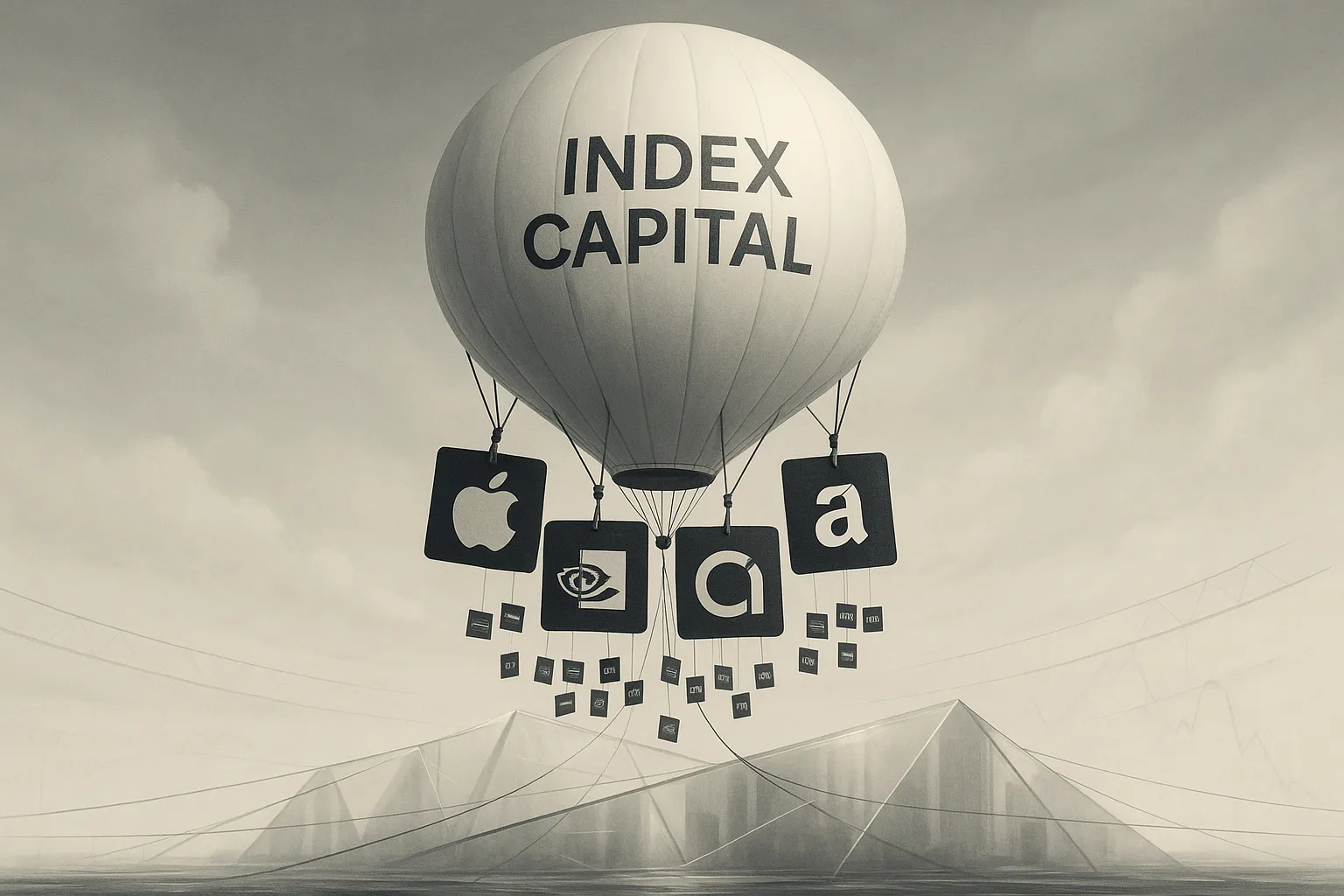Are Alternative Investments Worth the Trade-Offs?

Global allocations to alternative investments have reached nearly $13 trillion, according to Preqin—double the amount from just seven years prior. These strategies are often seen as essential tools for portfolio diversification. But while they offer the potential for differentiated returns, they also introduce unique challenges—higher fees, limited liquidity, and complexity—that don’t always deliver better outcomes.
This article explores the trade-offs investors face when considering alternatives and examines when, and if, they live up to the pitch.
Key Takeaways
- Alternatives may broaden portfolio exposure, but don’t always act as effective shock absorbers in market downturns.
- Performance often lags public markets once fees are factored in.
- Limited access to capital and high investment minimums can make these options impractical for many individuals.
- Psychological biases, like prestige-chasing or complexity-seeking, can lead to misaligned decisions.
What Drives Interest in Alternatives?
Alternative assets are often marketed as non-correlated—meaning they’re expected to behave differently than traditional stocks or bonds. For investors looking to reduce volatility or boost long-term return potential, this can sound appealing. The category spans everything from venture capital and private equity to farmland, art, and infrastructure.
Following the 2008 financial crisis, institutional players like pension funds and university endowments increased their allocations to private markets in pursuit of stability and returns amid low interest rates. Retail investors have since followed that path—but the journey isn’t risk-free.
Alternatives may introduce fresh risks, including:
- Illiquidity: Capital is often locked up for long periods, with limited or no early exit options
- Fees on top of fees: Management costs, performance-based fees, and fund layering can significantly eat into returns.
- Valuation opacity: Without public market pricing, determining value is less objective.
Hypothetical Example: Picture a 38-year-old tech professional with significant company stock who’s drawn to a private real estate fund promising 8–10% returns. But when the housing market weakens, distributions shrink, exit options vanish, and fees stack up. In the end, what was intended as diversification becomes a source of regret—especially when liquidity matters most.
When Diversification Falls Short
True diversification depends on assets reacting differently during periods of stress. But during 2022’s market correction, public equities, bonds, and many alternative holdings all fell in tandem—demonstrating how correlation can increase when markets get turbulent.
Research from the University of Oxford found that many private equity vehicles largely mirrored public markets, just with a delay and more leverage (Phalippou, 2021). Likewise, assets like digital tokens or collectibles may ultimately reflect broader investor sentiment rather than moving independently.
So when do alternatives add real value? Generally:
- Impact is modest unless they represent a meaningful slice of the portfolio.
- Success hinges on long holding periods and comfort with illiquidity.
- Strategy selection should be grounded in fundamental fit, not exclusivity or trendiness.
The Psychological Pull Behind Alternatives
Alternative assets also appeal to emotion. Many investors are intrigued by the idea of owning what institutional players or high-net-worth individuals hold. But that sense of prestige can cloud practical decision-making.
Common behavioral patterns include:
- Equating complexity with quality, assuming more difficult means more valuable.
- Overlooking liquidity risk, especially during calm markets.
- Chasing past returns, even when conditions have changed.
These tendencies often result in poorly timed entries—or allocations that don’t match the investor’s real financial needs.
Asking the Right Questions About Cost
The issue isn’t just whether alternatives are risky—it’s whether their downsides are justified. Key considerations include:
- Are the fees aligned with what’s truly being offered in terms of risk or return?
- Does the asset actually diversify, or simply behave like other holdings in disguise?
- Will the investor need liquidity, and if so, when?
Some individuals may still find appeal in niche strategies—like real estate credit or income-producing farmland—as part of a diversified allocation. But others may find that standard ETFs offer clearer, cheaper exposure to growth and income with fewer complications.
Quick gut check: Would the asset still look attractive if it were publicly traded, low-fee, and unglamorous?
Simplicity Can Outperform Sophistication
Pursuing elite-sounding strategies can breed overconfidence. In reality, many of the most resilient portfolios rely on clarity, patience, and disciplined decision-making—not complex structures or exclusive funds.
The smarter approach often centers around:
- Consistent planning
- Appropriate risk alignment
- Liquidity that matches real-life needs


